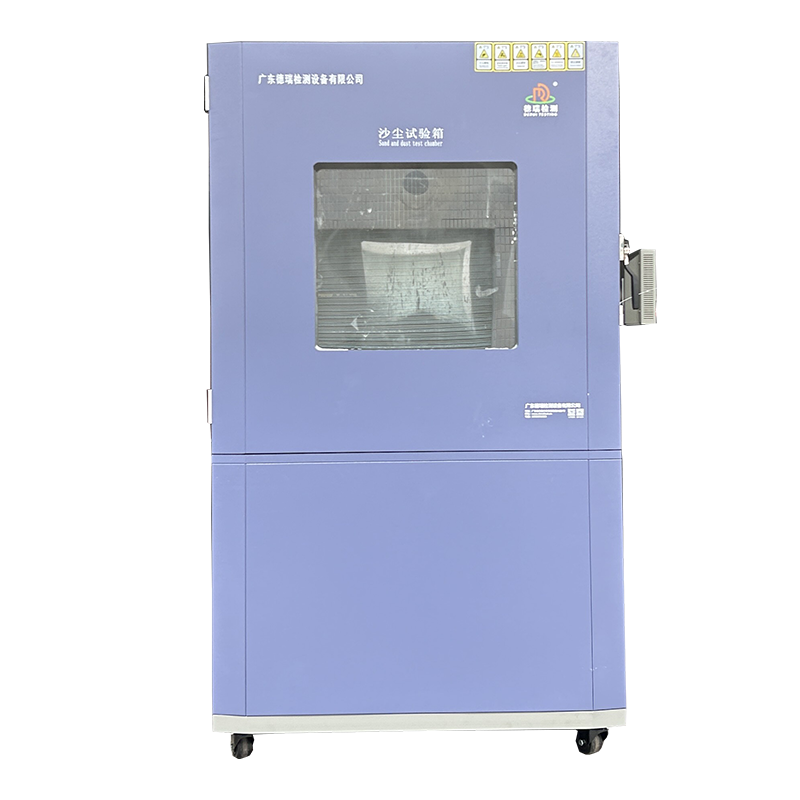

Programmable Dust Ingress Testing for Dro ne Electronics 15 Pre-Set Modes Touchscreen UI
Product Details:
Programmable Dust Ingress Testing for Dro ne Electronics 15 Pre-Set Modes Touchscreen UI Price And Quantity
- 1 Unit
- 338005.0 INR/Unit
Programmable Dust Ingress Testing for Dro ne Electronics 15 Pre-Set Modes Touchscreen UI Trade Information
- Cash in Advance (CID)
- 80 Unit Per Month
- 4 Days
- All India
Product Description
The Dust Ingress Testing for Dro ne Electronics system is a precision-engineered solution designed to validate the dust resistance of UAV components, ensuring uninterrupted performance in deserts, construction sites, and agricultural fields. Compliant with IP6X, MIL-STD-810G, and BIS IS 16046, this testing addresses the critical challenge of airborne particle infiltration that causes 23% of dro ne failures in Indias arid regions.
Why Dust Testing is Non-Negotiable for Dr ones
-
Failure Analysis:
-
Motor Contamination: Fine dust particles (075 m) infiltrate brushless motors, increasing friction by 40% and leading to overheating.
-
Sensor Malfunctions: LiDAR and GPS modules lose accuracy when dust obstructs optical/radio frequency pathways.
-
Battery Risks: Dust ingress in LiPo battery compartments accelerates corrosion, reducing cycle life by 35%.
-
-
Regulatory Pressures:
-
DGCA Compliance: Dro nes operating in Rajasthan/Gujarat require IP6X certification for commercial licensing.
-
Insurance Mandates: 78% of Indian dro ne insurers deny claims for dust-related failures without valid test reports.
-
Core Testing Methodology
-
Multi-Stage Particle Exposure:
-
ISO 12103-1 A4 Fine Dust: Simulate desert sandstorms (520 g/m density).
-
Coal/Cement Blends: Replicate industrial or construction site environments.
-
-
Dynamic Environmental Simulation:
-
Wind Turbulence: Adjustable airflow (815 m/s) mimics rotor downwash during hover/forward flight.
-
Thermal Stress: Cycle between -10C (high-altitude) and +60C (desert ground) to test material expansion.
-
Vibration Profiles: 5200 Hz sine/random vibration matching quadcopter motor frequencies.
-
-
Post-Test Diagnostics:
-
X-Ray Inspection: Detect dust penetration in sealed components (e.g., gimbal assemblies).
-
Infrared Thermography: Identify hotspots caused by dust-clogged heat sinks.
-
Technical Specifications
-
Chamber Capacity: 0.5 m (single dro ne) to 3 m (swarm testing).
-
Particle Recycling: 92% dust reuse via cyclone separation + HEPA filtration.
-
Data Integration: Real-time telemetry sync with flight controllers (PX4/ArduPilot).
-
Compliance: DGCA Chapter VI, ASTM F3208, EN 61000-4-21.
Case Study: Agricultural Dro ne Operator in Punjab
-
Problem: 47% motor failure rate in wheat harvest season due to chaff dust.
-
Test Protocol:
-
50-hour exposure to 15 g/m organic dust at 12 m/s airflow.
-
Post-test disassembly revealed inadequate seals on ESC compartments.
-
-
Outcome: Redesigned gaskets reduced downtime by 62%, saving 8.2 lakh/annum.
Testing Workflow
-
Baseline Performance:
-
Measure thrust, battery efficiency, and sensor accuracy in clean conditions.
-
-
Accelerated Aging:
-
72-hour combined dust + vibration + thermal cycling.
-
-
Failure Analysis:
-
Use borescopes to inspect internal electronics; log error codes from flight controllers.
-
-
Certification:
-
Generate IP6X compliance reports with DGCA-approved formats.
-
FAQs (Dust Ingress Testing for Dro ne Electronics)
Q1: How does IP6X testing differ for dr ones vs. automotive components?
A: Dro nes require airflow simulations replicating rotor wash, not just static pressure tests.
Q2: Can existing dro nes be retrofitted post-testing?
A: Yestest data identifies weak seals/mesh filters for targeted upgrades.
Q3: Whats the ROI of certification for small operators?
A: 14-month payback via 55% lower maintenance + 30% insurance discounts.
Q4: How to handle exp losive dust environments (ATEX)?
A: Optional intrinsically safe chambers with nitrogen purge systems.
Q5: Does DGCA accept third-party test reports?
A: Only from NABL-accredited labs ensure your provider has ILAC-MRA certification.
| Item | Specification |
| Internal dimension | 800W*800D*800Hmm |
| External dimension | 1300W*1000D*1700Hmm |
| Test sample | Size W20cm- L30cm-D15cm, weight 0.5kg |
| Chamber material | SUS304 Stainless steel |
| Specifications of square mesh sieve | Mesh hole 75um, mesh metal wire diameter 50um |
| Talcum powder amount | 2kg/ m |
| Airflow speed | No more than 2m/s |
| Door | Left open door with tempered glass door |
| Controller | PLC Touch Screen controller, programmable to set as below cycle: a. Blowing dust time (Stop/Blow) m/s b. Cycle time: can be adjusted c. Pre-set test time: 0s ~99m99s |
| Vacuum system | Pressure gauge, air filter, Pressure regulating FRL, connecting pipe, Vacuum pump |
| Vacuum pump capacity | 60-600 L/H |
| Fan | Centrifugal fan |
| Safety protection devices | Meter over-temperature function, Phase shortage protection, Power short-circuit protection |

Price:
- 50
- 100
- 200
- 250
- 500
- 1000+


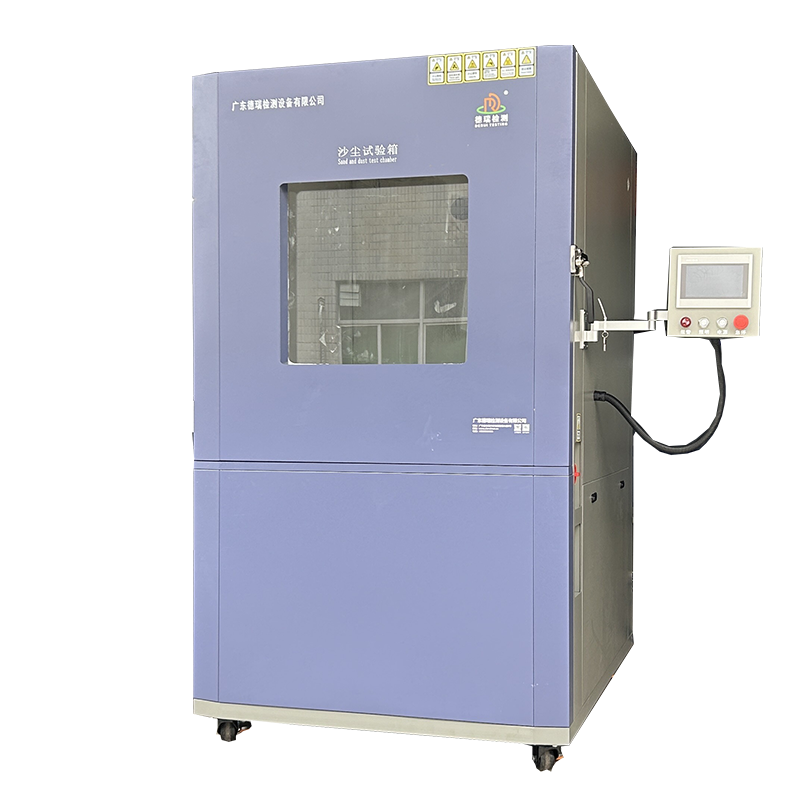

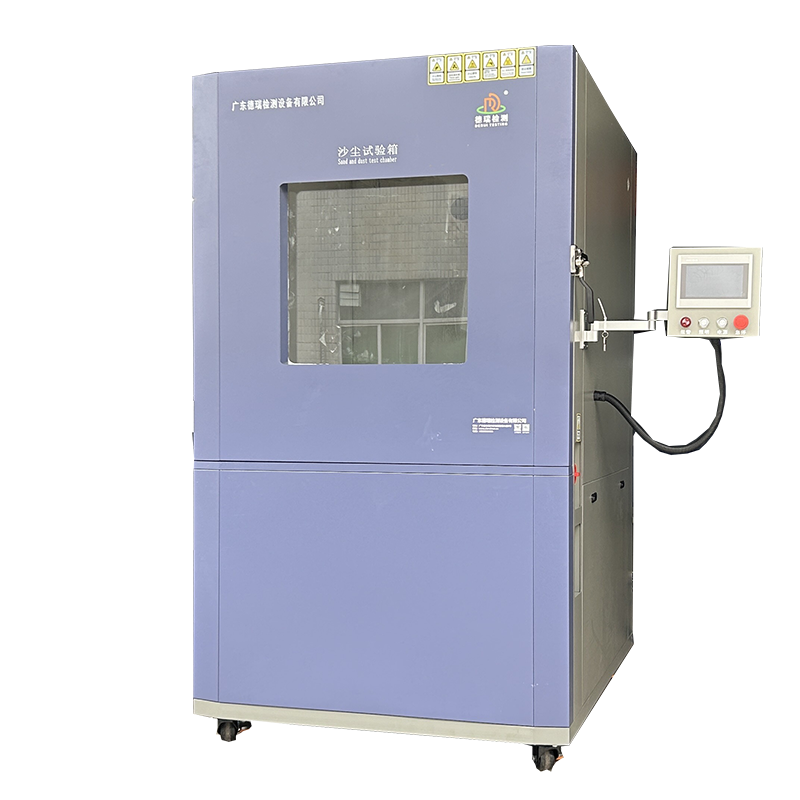
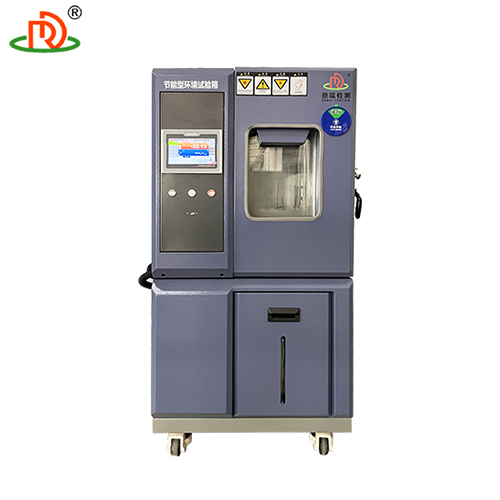
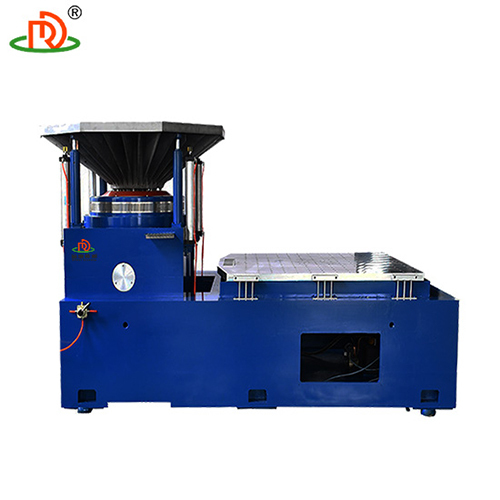


 English
English Spanish
Spanish French
French German
German Italian
Italian Chinese (Simplified)
Chinese (Simplified) Japanese
Japanese Korean
Korean Arabic
Arabic Portuguese
Portuguese